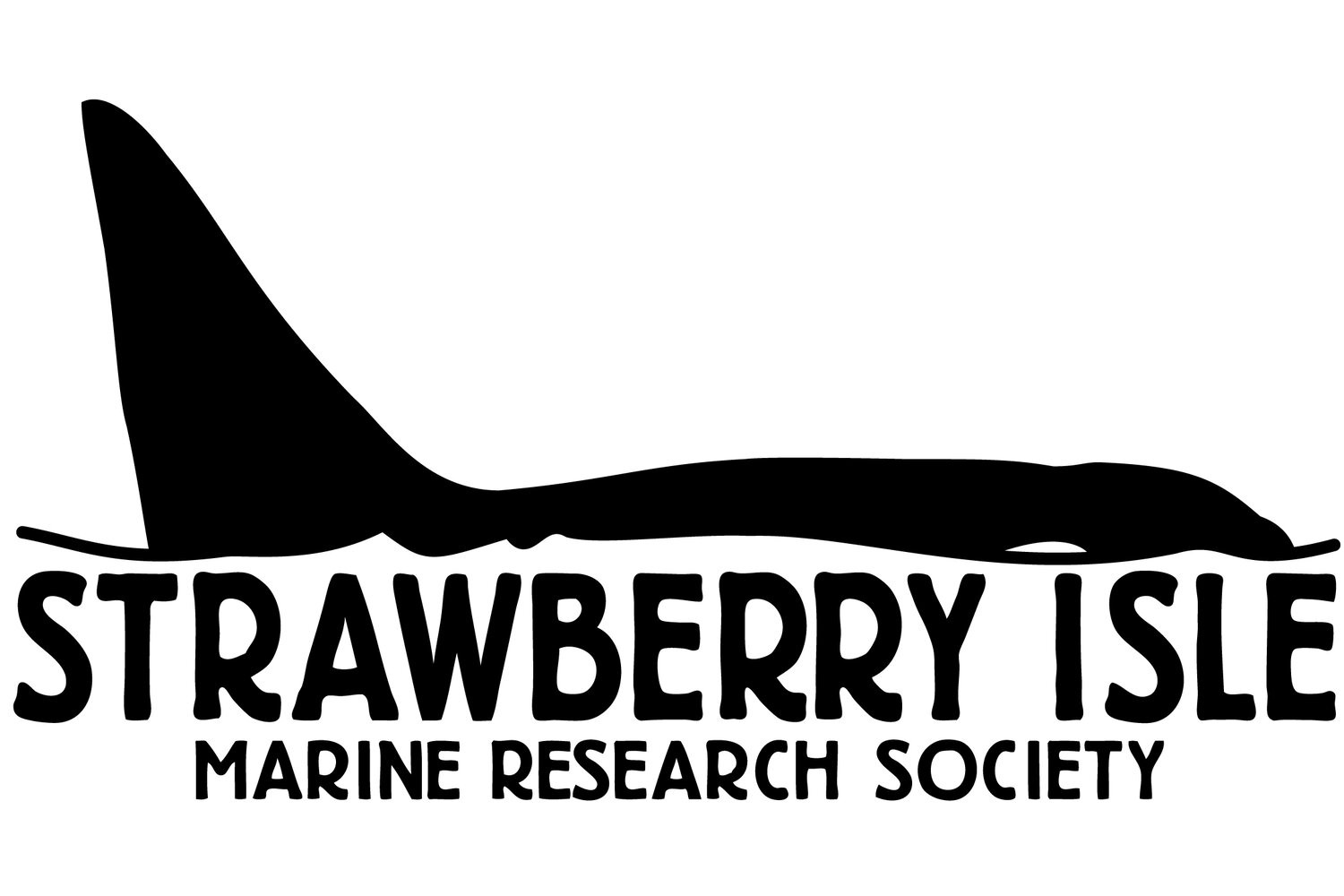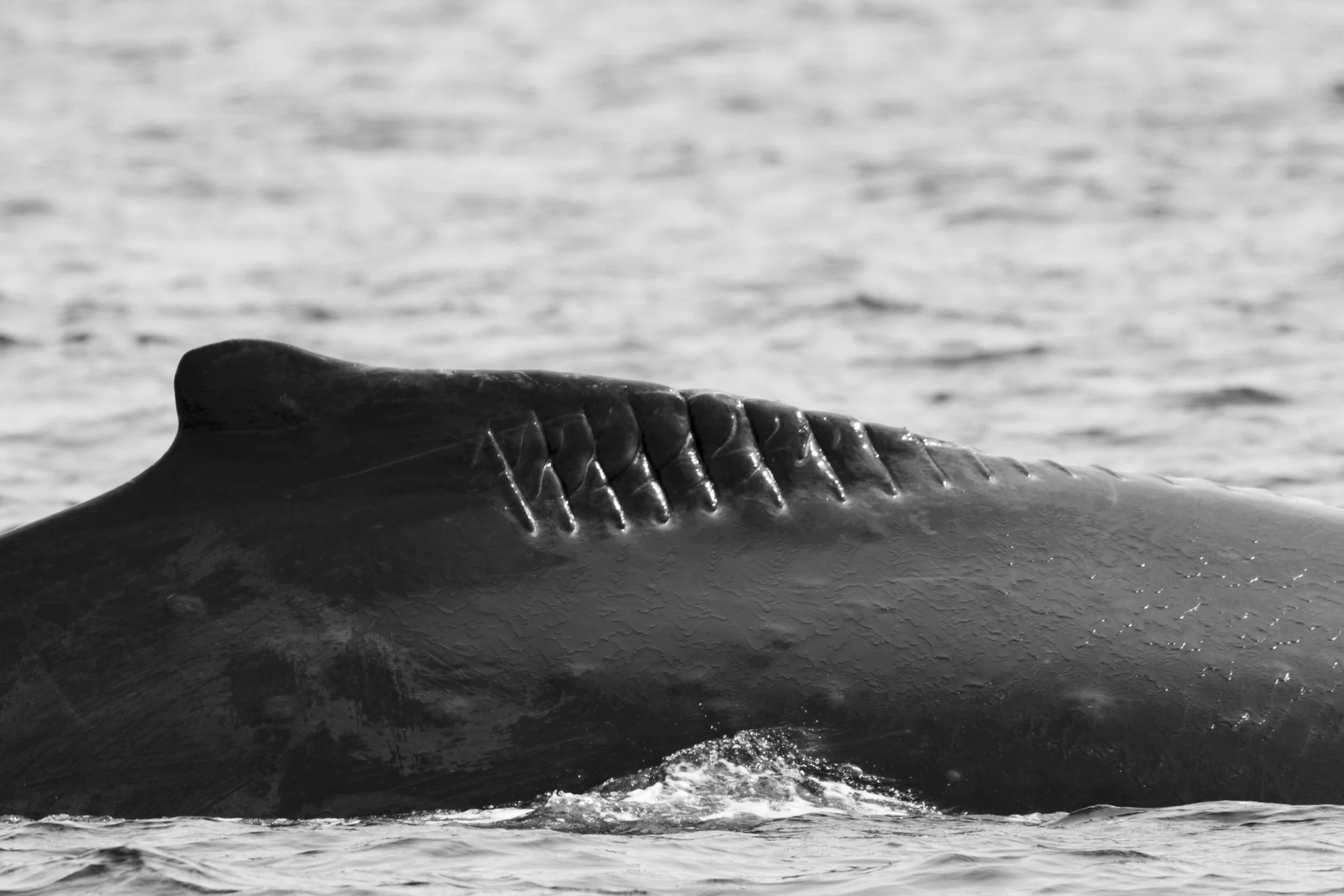MARINE MAMMAL REGULATIONS
Whale watching in Clayoquot Sound, British Columbia is an incredible experience, the scenery alone is not to be missed! On any day from May through October you can set out to see orcas (killer whales), humpback whales, Pacific gray whales – all found among the spectacular backdrop of trees, rocks and breaking waves. It is however, our duty to enjoy watching marine mammals and coastal wildlife responsibly and respectfully.
If not careful, watching marine wildlife may pose risks or cause harm to the animals. Refrain from approaching marine mammals too quickly, getting too close, or making too much noise as this can disturb them, disrupt their behaviours, or even physically harm them. When enjoying the ocean, always be on the look out as you may inadvertently come across marine wildlife at any time. In such cases, slow down and keep your distance, this is for your safety as well as theirs.
MARINE MAMMAL REGULATIONS
The Marine Mammal Regulations are set out by the Government of Canada through the Fisheries Act. The law is as follows:
No person shall approach a marine mammal to, or to attempt to:
(a) feed it;
(b) swim with it or interact with it;
(c) move it or entice or cause it to move from the immediate vicinity in which it is found;
(d) separate it from members of its group or go between it and a calf;
(e) trap it or its group between a vessel and the shore or between a vessel and one or more other vessels; or
(f) tag or mark it.
Approach Distances to Marine Mammals:
200 m* for all Killer Whales in BC (see below for more details)
200 m for whale, dolphin, and porpoise species with calves or in resting position
(the whale will look like it’s not moving and will be floating at or near the surface)
100 m for all other whales, dolphins and porpoises
When viewing marine mammals from the air using a drone: (1) maintain a 1,000-foot minimum altitude within a 0.5 nautical mile (approx. 3,000ft radius) of a marine mammal; and (2) avoid flight maneuvers around marine mammals (on land or in the water), as these actions may cause stress or alter animal behavior. Know and follow all local regulations.
It is mandatory to report any accidental contact between marine mammals and a vehicle or fishing gear to DFO (1-800-465-4336 or DFO.ORR-ONS.MPO@dfo-mpo-gc.ca).
KILLER WHALE PROTECTION MEASURES & GUIDELINES IN CANADA
These measures are to address the primary threats to Southern Resident killer whales in Canadian waters including: prey availability and accessibility, acoustic and physical disturbance, and contaminants. See full list of measurements here.
Vessel measurements to avoid disturbance to killer whales:
Mandatory 400 m vessel approach distance for ALL killer whales in southern BC coastal waters between Campbell River and just north of Ucluelet (in effect year round). See orange areas on the map below.
Whale watching and ecotourism companies that receive an authorization from the Minister of Transport will be able to view killer whales other than the Southern Resident killer whales from 200 metres, given their expertise in identifying different types of killer whales.
Keep 200 metres away from killer whales in other BC waters.
Vessels are asked to turn off fish finders and echo sounders when safe to do so. Place engine in neutral and allow animals to pass if you find yourself within 400 m of a killer whale.
Vessels are asked to reduce their speed to less than 7 knots when safe to do so if they are within 1,000 metres of killer whales, to reduce engine noise and vessel wake.
No vessel traffic or fishing activity is allowed in Interim Sanctuary Zones off the southwest coast of Pender Island, southeast end of Saturna Island and at Swiftsure Bank from June 1 until November 30, 2023. See red zones on the map below.
More information check out Fisheries & Oceans Canada Marine Mammal Regulations or download the Canada Whale Wise Flyer.
BE WHALE WISE
SEE A BLOW GO SLOW! Slow down to at least 7 knots when within 200 to 400 metres of whales.
DO NOT POSITION beside “bait balls” of small schooling fish (as indicated by aggregations of birds).
DO NOT APPROACH whales from the front or from behind. Always approach and depart whales from the side, moving in a direction parallel to the direction of the whales.
STAY on the OFFSHORE side of the whales when they are traveling or feeding close to shore. Do not trap a marine mammal or a group either between a vessel and the shore, or between a vessel and other vessels.
DO NOT APPROACH whales if there are already several boats present (3 boats is the suggested limit) and limit viewing time to 30 minutes. This will minimize the cumulative impact of many vessels and give consideration to other viewers.
Use and watch out for the WHALE WARNING FLAG - this signals fellow boaters to the presence of whales.
DO NOT MOVE marine mammals, encircle them, entice them to move or separate them from its group or its calf/pup.
NEVER touch, feed, swim with, or disturb an animal, even if it comes up to a wharf or the shoreline
BE AWARE and approach areas of known or suspected marine wildlife activity with extreme caution. Look in all directions before planning your approach or departure.
VIEWING OTHER COASTAL WILDLIFE
BE CAUTIOUS and QUIET near seal and sea lion haul-outs, especially during breeding and pupping seasons (generally May to September). Be quiet when viewing coastal wolves or bears.
DO NOT drive through groups of porpoises or dolphins to encourage bow or stern-riding. Should dolphins or porpoises choose to ride the bow wave of your vessel, avoid sudden course changes, hold course and speed or reduce speed gradually.
AVOID approaching closer than 100 metres of marine and coastal wildlife including seals, sea lions, sea otters, coastal wolves, and bears.
REDUCE VESSEL SPEED to minimize wake, wash and noise, and pass slowly by.
PAY ATTENTION and move away, slowly and cautiously, at the first sign of disturbance or agitation. A disturbed animal may look alert, have eyes on you or the vessel, move towards safety, stop its current activities (such as feeding or resting), start vocalizing or growling, or show signs of aggression.
Go to https://wildsafebc.com/ for more information on reducing negative human-animal interactions in British Columbia.
Whale warning flag
KNOW YOUR FLAGS!
Different flags may be flown by vessels to indicate what their activities are and/or if they have special licences that are an exception to the Marine Mammal Regulations. To learn more about these flags watch this video: What Every Boater Should Know - Flags.
RESEARCH FLAG: only vessels flying a triangular yellow pennant are licensed by Fisheries and Oceans Canada (DFO) to undertake research on marine mammals. This may involve approaching marine mammals within the 200m limit for research purposes. The lettering MML indicates "Marine Mammal License" and the number identifies the individual researcher.
WHALE WARNING FLAG: any boater can purchase and fly this flag. Its purpose is to warn fellow boaters to the presence of whales.
AUTHORIZED VESSEL FLAG: in Canada, vessels flying a purple Authorized Vessel “AV” flag are authorized to approach non-Southern Resident killer whales up to 200 metres, even in designated 400 metre approach zones.
OUTREACH TOOLKIT
Check out the Be Whale Wise Outreach Toolkit below for more resources!






